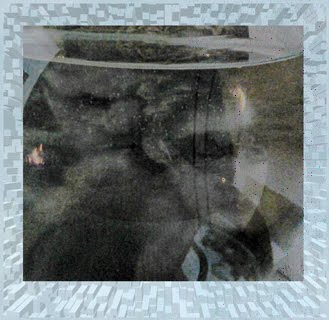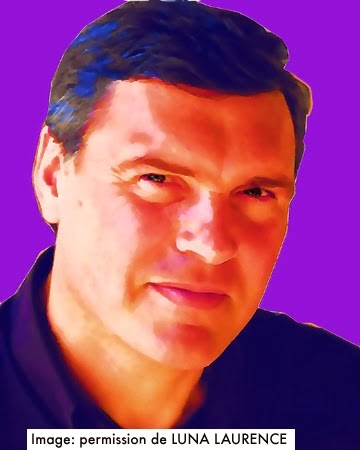 |
| Le Cirque Noir © -LENA GHIO 2014 Photographed July 18 2013. A strange creature is driving a sports car in the center. |
«
The key to successful investing is not seeing the future with some kind of
mythical vision — it is seeing the present with clarity. »
Posted on November 19, 2014 by Dr David Kelly, Stephanie
Flanders and Tai Hui
WorldView 4Q 2014
For many years I have worked at Molson Brewery now Molson Coors. I was
present for many meetings and conferences by international business leaders and
world bankers as they worked on financial strategies for the investments of
large multinational corporations. I was awed by how far in the future their
planning and calculations would venture.
When I read this quote this morning on JP Morgan’s site I felt compelled
to respond to a project that has been nagging me.
I address this article to billionaires and ask them to consider where
they invest their money with a bit more perspicacity, for their sake as well as
ours. The problem with the opening quote is twofold and paradoxical. On the one
hand there are real issues to deal with in the present that need down to earth
solutions. On the other hand if you don’t look into the future consequences of
your decisions, you could be creating needless catastrophes that will endanger
us all.
The first case I want to look at is the one proposed by PLANETARY RESOURCES to
mine asteroids. I have argued about this with passionate friends who are
blinded by the promise of the infinite riches buried in the celestial bodies.
They are ready to leap without seeing if they have a foothold. Here I want to
bring to the fore some new knowledge that is ignored by the engineers and
investors in this case and that could have very serious consequences.
Planetary Resource is not wrong in its assessment of the endless riches
available in the universe. It is wrong because it is not approaching the
project with sound knowledge of the physics of the universe. Primarily, they do
not know how to send a human body in outer space, in 0 gravity, for sustained
period of time without that body withering away. They do not know how to create
a plant ecosystem in outer space that would replenish the atmosphere and feed
animals.
Secondly, they are totally oblivious to the impact the shift in mass
could have on life here on earth. My experiment with amaryllis plants has shown
that the way mass is distributed in the solar system affects the mass of
plants. This is the knowledge that must be mastered by engineers, this
understanding of how gravity and mass inform life, before they can begin the
project. Those scientific fields of study that could assist the project have
not even vetted this very novel hypothesis yet.
To be successful, scientists and engineers will need to master the Theory of Extra Dimensions. They are currently envisioning the project with the
archaic flat-world view. On earth this works because we are familiar with our
time of celestial mechanics, we are adapted to the cycles of the gravitational
waves that mould our environment. But out there, we have no clear notion of how
gravity will affect our perception of reality and our bodies at every level.
Have they calculated exactly how much natural resources will be needed
to fly crews into space to harvest materials that may or may not return to
earth? Can current standards of life support the transfer of these resources
into such a costly endeavor?
Now lets say all this works out. It has cost billions and billions of
dollars to do, it has used up billions and billions of dollars worth of natural
resources. Who will have the money to buy all the platinum they will bring
back? Will it still be such a desirable substance when the probabilities are
that what we will need most of all is fresh water and fresh air?
Thirdly, how have they measured the human factor? Before the imagined
luxurious Space Hiltons are built and operational with fresh water and oxygen
mined from the asteroids, the project will need a large specialized workforce
to get it done. If we remember past human exploits in uncharted territories,
like the building of railroads in America for example, we know men die on these
job sites. How many men will suffer and loose their lives to build these
things? Have the liability costs been taken into account?
To be continued... BILLIONAIRES Let's talk about your art collection

























No comments:
Post a Comment